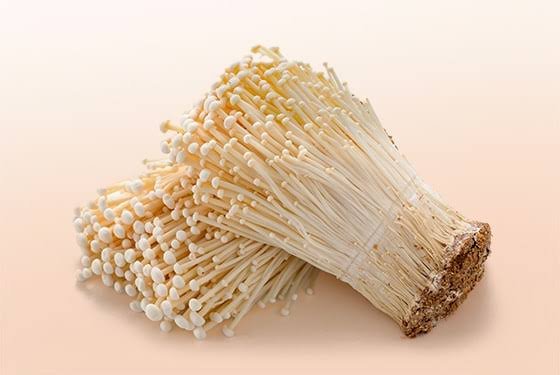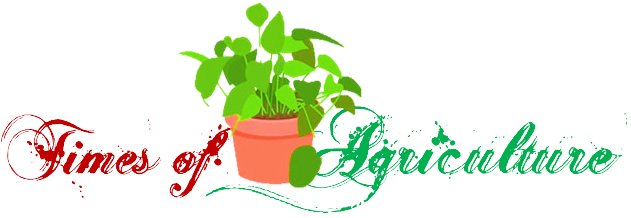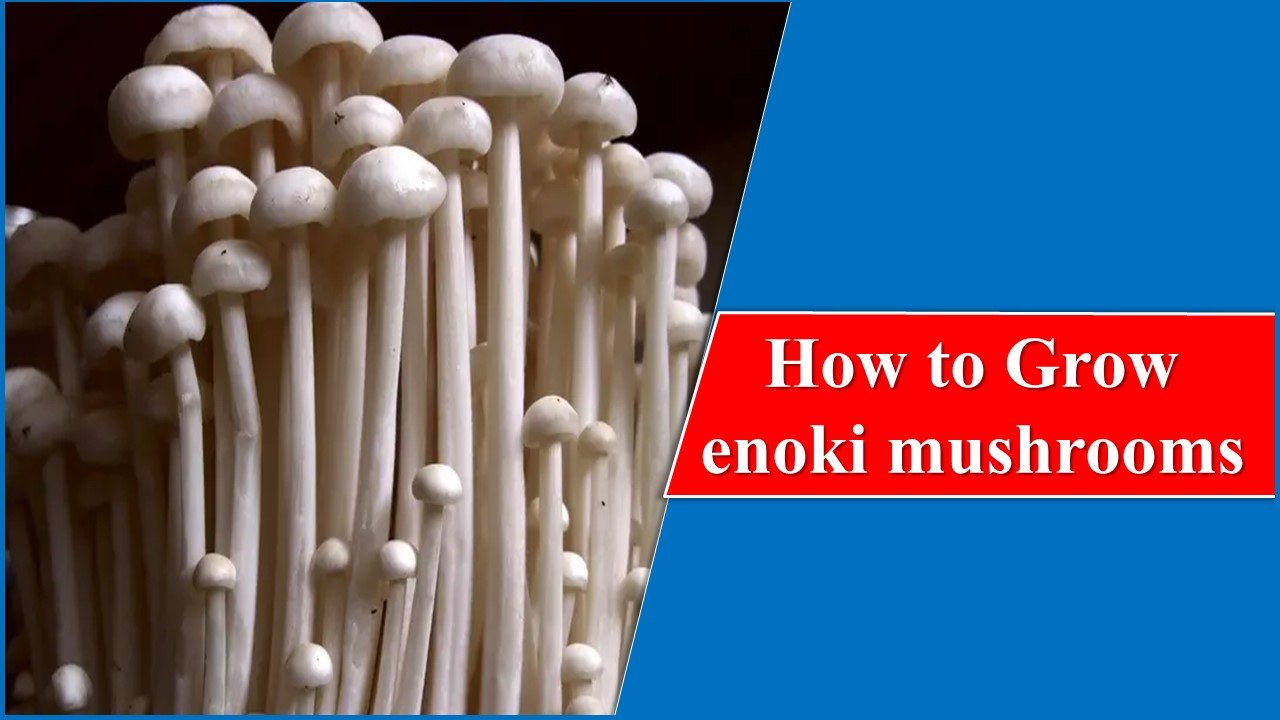How to Grow Enoki Mushrooms: The Ultimate Guide
Nothing tastes as good as healthy feels but when taste and health come together, who doesn’t want it? This is what growing Enoki mushrooms add to your life. It sounds friendly to your body, but do you know, growing these saprophytes are friendly to your wallet as well?
So, in this article, we will discuss everything on how to grow Enoki Mushrooms.
The most popular mushroom in Asia, Flamma velutipes, originated from Japan and is known by different names, Enoki in Japa, jīngū in China, futo or long mushroom in India, paengi beoseot in Korea,nấm kim châm in Vietnam, or golden needle, winter, lily or velvet stem. Its recipes caught a lot of attention in recent years, for example, In 2021, The Hindustan Times, published an article on ‘how to make Enoki mushrooms’, after declaring it as the most searched recipe in India. This is so, due to its extraordinary nutritional properties, preferred for a healthy diet and unique taste.
There are wild and cultivated varieties of enoki mushrooms available. But the question arises, why cultivate them? And why not get the spawn or the fully-grown mushroom from the wild? The answer is that cultivated mushrooms have different properties than the wild ones. Even while foraging for Enoki mushrooms, it is advised that one must consult with an expert before consuming a wild species, as the deadly galerina mushroom has a similar appearance to cultivated Enoki mushrooms.
| CULTIVATED VARIETY |
| Comparatively smaller caps |
| Comparatively longer stem |
| These are usually white. It may be golden tinted when cultivated in outdoor conditions |
| Non-sticky with a velvety consistency. |
| Needed to be grown in a dark and carbon-rich environment with proper sanitisation. |
| Can be cultivated throughout the year. |
| It is suitable for consumption. |
| WILD VARIETY |
| Large caps |
| Short Stems |
| Exhibit a wider range of colours, including shades of orange, brown, and white. |
| Sticky and rubbery texture. |
| Grow in clusters upon Chinese hackberry trees, Persimmon ash, and mulberry trees in wild conditions with no specific environmental recommendations. |
| Can’t grow throughout the year (from late fall to early spring) |
| Not advised to use for consumption. |

Factors Affecting the Growth of Enoki Mushrooms
Temperature
They thrive best in cooler conditions, it is suggested to maintain a temperature between 8 to 18 degrees Celsius throughout their lifecycle, with minor fluctuations.
Humidity
Enoki mushrooms require highly humid conditions for their growth(around 85 to 90 per cent). Therefore it is necessary to have a humidifier or misting system in the mushroom growing unit.
Light
Enoki mushrooms are specific with their light requirements as compared to other mushrooms. It is advised to grow it in a little light or shady area with indirect light exposure. Excessive light can cause overheating and lesser growth, due to cell damage.
Substrate
A Substrate is the spatial and nutritional requirement of the Enoki mushroom. To mimic their natural habitat hardwood sawdust or a mix of hardwood sawdust or wheat straw is preferred by the cultivators. However, the substrate must be sterilised before using it to avoid contamination. The most commonly used method is pasteurisation.

How to Grow Enoki Mushrooms: Methods of Cultivation
Cultivating Enoki Mushrooms from a Starter Kit
STEP 1:
To cultivate mushrooms, just dampen the pre made growth block, then cover it, and store it in a cool place, until the mushrooms show signs of sprouting. One can start from scratch by preparing the substrate material(wheat straw or dry plants leftover), sprinkling it with starter spawn, and maintaining the moisture for 2-4 weeks.
STEP 2:
Spray about 1 cup (240 mL) of filtered water evenly over the growing block. Try to get as much of the substrate material as you can. The more evenly you moist the growing block, the more area the mushrooms will have for growth.
STEP 3:
Cover the growing block container with a lid or plastic bag, to trap moisture inside it. One must leave space for exchanges of gases with the atmosphere for healthier growth.
STEP 4:
Keep the container in a cool and dark place to maintain the temperature in the container.
STEP 5:
Wait for 2-4 weeks to get the appearance of the first batch of mushrooms.
Cultivating Enoki Mushrooms from Spores
Step 1:
First of all, acquire a packet of starter Enoki mushroom spawn.
Step 2:
Then Prepare the substrate by obtaining hardwood sawdust, which is a nutritious source for their growth.
Step 3:
Ensure the sanitation and cleanliness of the area, usually, it is done by the process of Pasteurization at temperatures between 160–180 °F (71–82 °C). Pasteurisation is a widely adopted practice in the food processing industry, as it allows the least losses of nutrients in the substance.
Step 4:
After pasteurisation, allow the substrate to cool down for a bit.
Step 5:
Spread the Enoki mushroom spawn evenly over the substrate material. So it covers the maximum area for fine growth.
Step 6:
Carefully cover the container with a clean cloth, that would create a conducive environment for mushroom growth while protecting it from contaminants.
Step 7:
Find a suitable spot at room temperature in the house, i.e., shady and cool, ensuring optimal conditions for growth.
Step 8:
Nourish your mushroom bed with water twice daily(spray).
Step 9:
Within 2-4 weeks the spores will transform into full-sized mushrooms, ready for marketing or consumption.
We must ensure proper hygiene and cleanliness during the whole process to prevent any kind of contamination.
How to Store Enoki Mushrooms ?
It’s easy to answer how to grow Enoki mushrooms, but for its later use and fulfilling the demand in the market, one should know how to store them. Any edible mushroom is best to be consumed right away, but it can be stored for up to only 5 to 7 days in a crisper drawer of the refrigerator wrapped in paper bags. To store enoki mushrooms:
- Trim the ends of the enoki mushrooms, as they are not used for cooking and take up space in the refrigerator.
- Wrap the mushrooms in a paper towel.
- Store the mushrooms in the refrigerator’s crisper drawer, to allow air circulation.
- Avoid washing the mushrooms until you’re ready to use them, as excess moisture can cause them to spoil quickly.
- Enoki mushrooms should be consumed within a few days to obtain the best flavour and texture out of it.
- Plastic bags are advised to be avoided as they cause high spoilage inside the packets by providing excessive moist conditions.
Availability of Enoki Mushrooms in the Market
The roots of Enoki mushrooms are conjoined, and individual stems grow from a common, interconnected mass attached at the base. The mushrooms are sold with this root base still attached to it, which is supposed to be trimmed off before using it for cooking purposes.Enoki mushrooms are available online at approximately ₹207/Kg (frugivore India), though the mature mushrooms and its seeds are available at most of the Asian stores.
Benefits of Growing Enoki Mushrooms
Nutrient Richness:
Enoki mushrooms are mainly consumed for being a good source of fibre and their richness in vitamin B, including niacin, pantothenic acid, and thiamine. It provides about 153 kilojoules (37 kilocalories) of energy.
Antioxidant Properties:
The known antioxidant properties help in curing and preventing chronic diseases including, cancer, heart disease and Type 2 Diabetes. It includes gallic acid, quercetin, ferulic acid, caffeic acid, chlorogenic acid, ellagic acid and pyrogallol.
Mental Health Benefits:
Some research also shows that Enoki mushrooms improve brain function and immunity.Culinary uses: It adds flavour to many types of dishes. Enoki mushrooms have a mild, subtly flavour with delicate crunch. These are used to be added in many dishes like stew, soup, ramen, sandwiches, fried rice or sometimes as an additive, etc.
Low Input Cost:
Most mushrooms are grown over agricultural leftovers. Being a fungi it has low chances of insect or disease attack and hence reduces the cost by avoiding the application of insecticide, weedicides or fungicides. Either way, mushroom cultivation is a friendly socio-economic practice.
Less Space Requirement:
These mushrooms are grown in bags and indoor conditions, hence they require less space but result in mass production in a short period.
Environmental Sustainability:
Low chemical input requirements, lower water requirements and minimum toxicity during the whole cultivation process lead to environmental sustainability.
Limitations of Growing Enoki Mushrooms
Temperature and Humidity Control:
Enoki mushrooms require specific temperature and humidity conditions to thrive, which might be challenging in many areas as not all geographical areas support its growth, and installing artificial conditioning systems will not be worth the output gained.
Sterile Environment:
Ensuring a sterile environment during cultivation is crucial to prevent contamination, which may require specialised equipment and techniques and complete knowledge of its uses and applications.
Less Substrate Availability:
Enoki mushrooms grow on a substrate made from sawdust or other materials, which is not available in all locations, especially in urban areas where finding the substrate is an even harder task than finding the spawn itself.
Seasonal Limitations:
While enoki mushrooms can be grown indoors all year round, outdoor cultivation is limited to specific seasons, further restricting their growth. And that is why outdoor-grown Enoki mushrooms are lower in value.
Conclusion
People around the world have a lot of stories about how these thin, long-stemmed and tiny-capped white mushrooms became their favourite. With its extraordinary qualities and easiness of cultivation keeping a few things in mind, one can grow the Enoki mushrooms to gain multiple benefits. But like any other sector of agriculture, growing Enoki mushrooms demands for knowledgeable cultivator, with patience and resource availability in hand, so here is the guide on how to grow Enoki Mushrooms.

